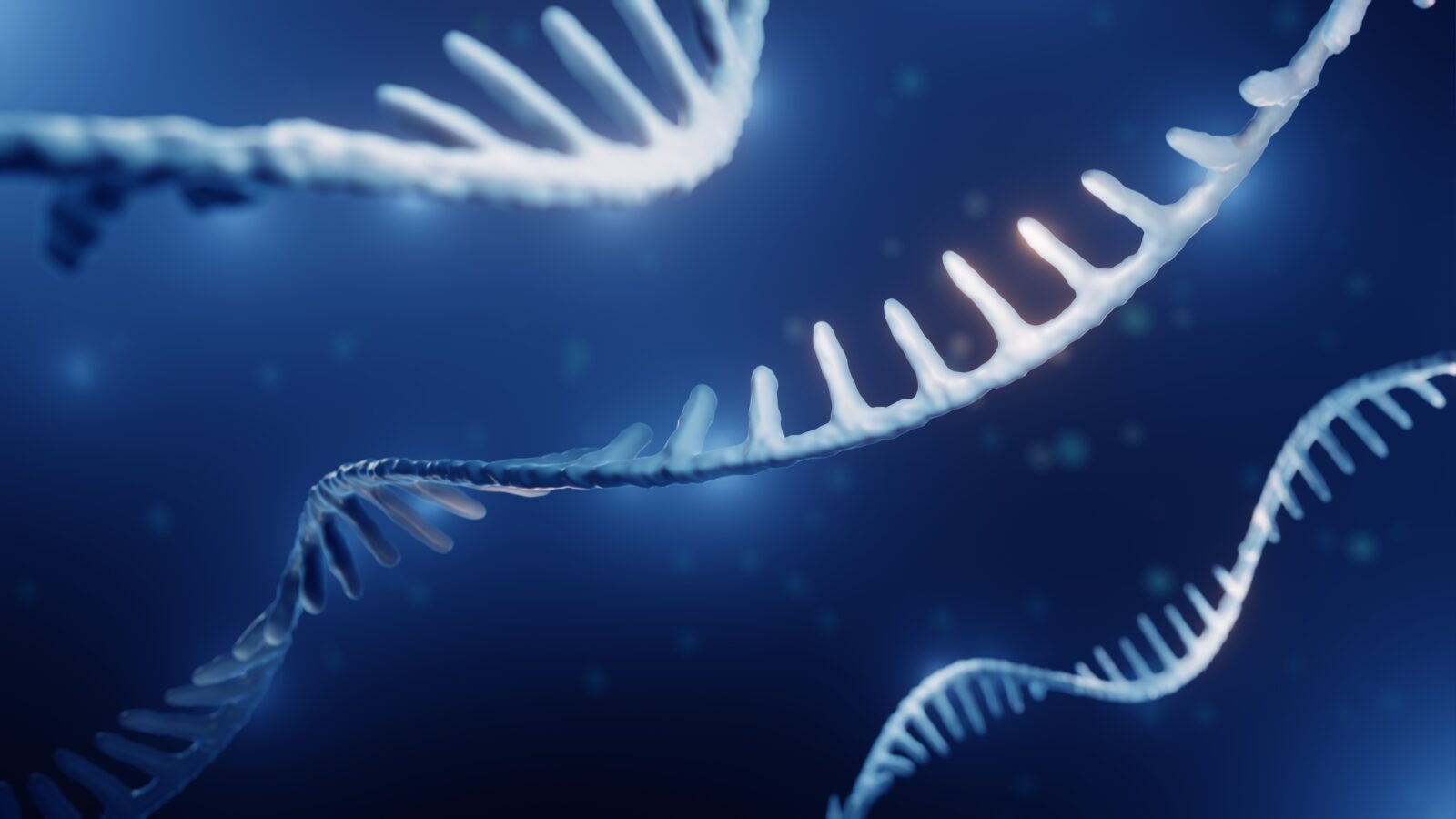


Walter Bradley on the Newly Expanded Mystery of Life’s Origin
On this episode of ID the Future, Robert J. Marks interviews Walter Bradley, co-author of the seminal 1984 ID book The Mystery of Life’s Origin, now being released in a revised and expanded edition with updates from multiple contributors discussing the progress (or lack of it) in origins science in the 35 years since the book’s original publication. In this first of two podcasts, Bradley discusses the history of the attempts to explain life’s origin naturalistically, and how the three authors of the 1984 book came together to shake up the world of origin-of-life science.